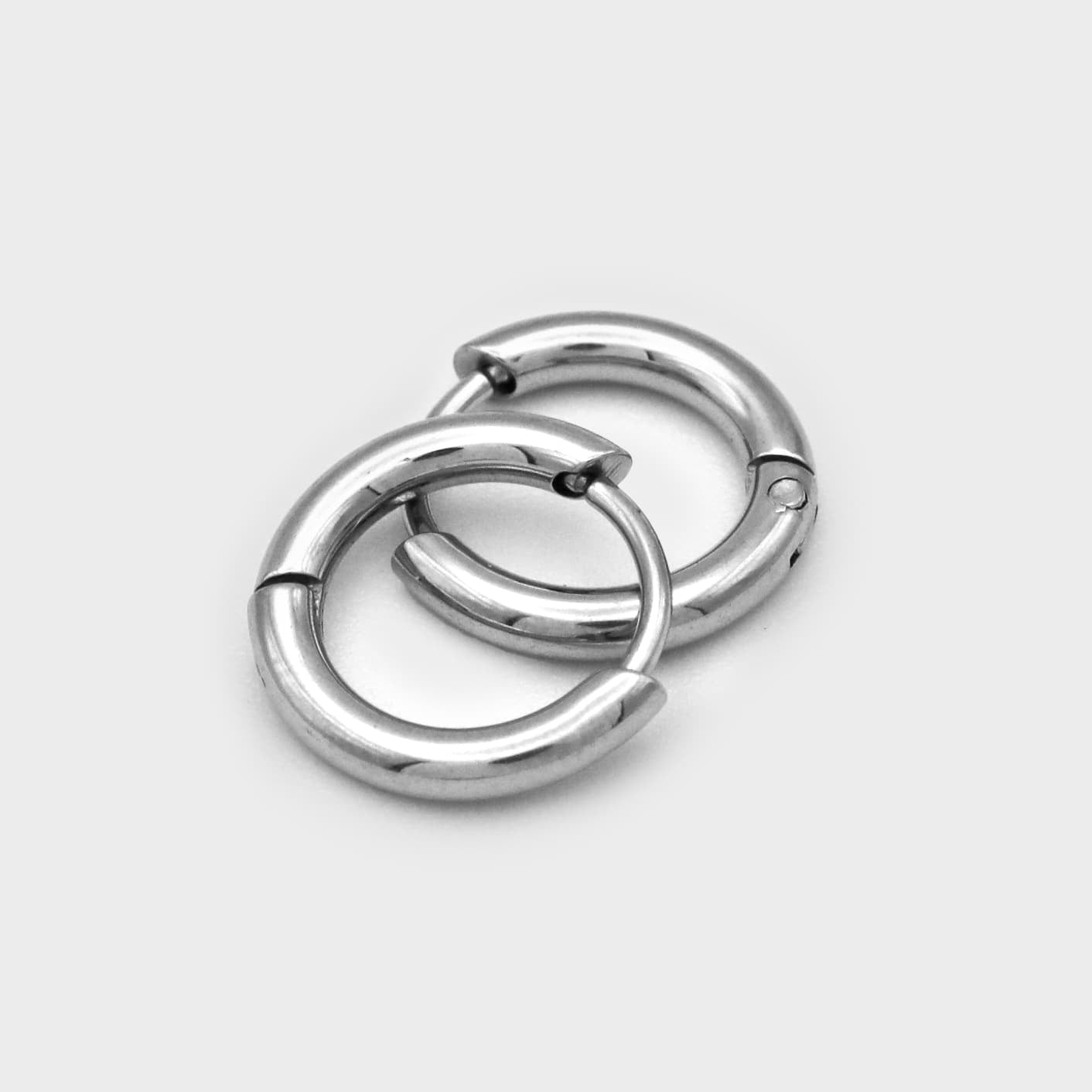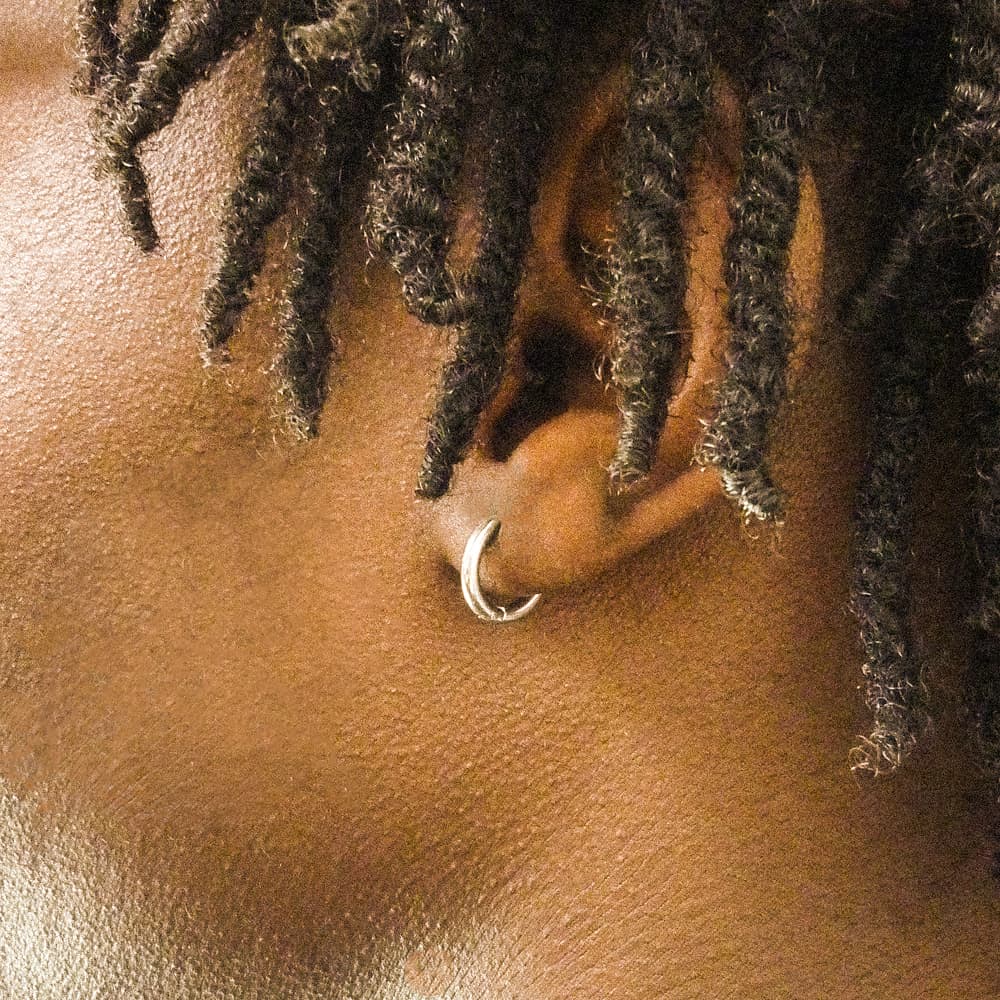
Secondhand clothes are the future … our future! Call the members of this eclectic range of clothing ‘pre-loved’, ‘vintage’, ‘already worn’, ‘used’, ‘recycled’, ‘handed down’, call them what you like, but, wow, are they an amazing arrival at the party for a throwaway society, such as ours. For the planet’s sake, we all need to be weaned off our love of the new, new, new, and thankfully we can do just that by immersing ourselves straight into the discovery of this already existing and highly desirable alternative!
Why should you choose secondhand clothes over new?
The reasons for making the conscious decision to ease up on the new and embrace the vintage, is something core to Domno’s existence, and with the current generation being fully informed of the facts, figures and dire warnings, as well as eye-witness examples, apropos climate change, it is not surprising so many people have already joined, or now want to join us, in our mission to Shop smart, Shop sustainably.
One minor drawback...
Of course, as we know too well, even though secondhand clothes may provide a silver lining to those there gathering clouds of eco gloom, they do also come with some warnings attached, the key one being the condition of the item. That is where a respected reseller, we’re including ourselves here, can help to point you openly to the condition of any item you are choosing. Photos, as well as product description blurbs, will all highlight any residual staining, which a basic machine wash has not been able to remove.
Bargains can often be found among these more heavily, and therefore cheaper, worn items, which, though still sporting the original design, do require a lil bit of application from the purchaser to restore it to peak condition. Treat a secondhand clothes purchase, as you would a treasured antique: restore, mend, repair, look after it, and it will give you years of service. After all, the cloth itself is of a high vintage quality.

First steps to stain removal
Where stains on an item of clothing are concerned, there is plenty you can do about reducing their visibility, so knowledge and effort is key here. And at the end of the day, should the stain not be 100 percent removable, you can always hope it is that much vaunted man (or woman) on a galloping horse, who passes by and remains blissfully unaware of the slight imperfection on your vestment. The reason for them not noticing the blemish, is that they will be so bowled over by the amazing proprieties of your vintage outfit, they fail to notice anything ontoward!
Pre-worn clothing purchases, on the whole, are dispatched to you having undergone a basic wash, but you may well feel happier doing a quick wash of them yourself. In this guide, we hope to help you understand everything you need to know in detail about possible treatments you can employ to help tackle staining.
Preparing second hand clothes for a wash
- Check the care label to make sure the item is either machine or hand washable; well-worn labels may be illegible or non-existent on vintage apparel, so a check of the material (look at the product page for info) will help identify the washing required.
- Check ALL pockets – tissues are the ultimate in annoying!
- Examine the item to see if there is a stain in need of treating before washing – see below for our guide to methods for getting rid!
- Most retro clothes will have been washed many times before, so issues of dyes running are not that relevant to vintagewear. Having said that, we would not advise mixing a vibrant red sweatshirt, for example, with a crisp white tee. The result could be exactly what you expect. And do not wish for!
- Check that the number of items you want to wash falls within the max permitted weight for the drum of the washing machine; a damaged machine due to over-eagerness does not go down at all well with the owner, in our experience.

Cleaning secondhand clothes in a washing machine
- Most 80s+ era vintage clothes come from a time when washing machines were de rigueur, so on the whole, a retro garment from this time should respond well to a 30–40 C machine cycle. Feel confident to throw in fabrics, such as cottons and cotton nixes (hoodies, rugby shirts), linens (shirts), synthetic materials (tracksuit tops) and polyesters (fleeces). Just keep your eyes peeled for items made of wool (jumpers), silk (scarves) or containing very delicate embroidery, which might benefit from a gentle handwash.
- If you are not sure about a piece, you’re better off adopting a cautious approach by choosing to either handwash it or use a very gentle silk/wool machine cycle to test it first.
- If you just want to refresh and neutralise an item, you can add some household white vinegar to the washing machine cycle to banish all previous products used. Try to avoid the use of powerful detergents and bleaches for this, as it is not necessary, and an eco-friendly washing powder with or without a laundry conditioner should provide an ideal and adequate freshener.
- If at all possible, we recommend airdrying rather using a tumble dryer to dry washed clothes. A dryer can lead to damage/shrinkage and is also very energy intensive. Instead, use soft hangers to hang items up or lay them on a towel over a chair or other furniture. If you have a balcony, and are allowed to, use that space to dry clothes naturally, or release your inner engineer to rig up a washing line in or outside of your home. Avoid drying directly on radiators, as this can cause steam and make the surrounding area damp.
- The final step is the old and none too popular iron trick: ugh!! But, there is an alternative, and here it is: rather than using an iron to get rid of wrinkles, we recommend opting for a gentle steamer, especially when areas of embroidery, logos and graphics are concerned.

Removing stains from secondhand clothes
The issue with old stains is, that by their very nature, they’re not easy to budge. They have found a hospitable host and are gonna put up a fight to prevent themselves from being evicted! And on vintage clothes, they will certainly have proved their stickability by the time they reach you. Unfortunately.
However, there are different methods you can employ to try and separate a stain from its host garment, so never dismiss an item just because it comes complete with some stainage.
Every smudge is different, and before you head for the heavy detergent drawer, rubber gloves and safety goggles, consider whether the mark really is that offensive, after all. Some blotches may be so minor, chances are no one will ever spot them, and, with time and routine washes, certain marks recede further of their own accord.
But, if removal is your mission, chances are the mark in question was made by any one of many different offenders: mud, oil, grease, ketchup, curry, chocolate, make-up, the list is endless. These different types of pigments you might find on a pre-worn item of clothing, have the additional disadvantage that they might of course, be longstanding and, as such, this visitor might not be readily identified. The solution to this puzzle has to be, that the best approach is to arm yourself with a selection of potential removers and experiment with each one.
While a certain well-known laundry brand likes to advertise its washing powder with the slogan ‘More concentrated = Use less’, those of us frustrated Mrs. Tiggy-Winkles are more inclined to feel there is a cheeky extra space in there when the product in question returns an underwhelming outcome, more akin to ‘Useless’. So, below are some alternative clothes cleaning suggestions for you to try, whether independently or combined, as you see fit:
Baking soda
A magic ingredient to be sure, baking soda can support you in your clothes cleaning endeavours – you can add ½ cup along with your normal detergent to a machine wash cycle to help remove odours and increase the whiteness of whites.
You can also make a paste of 6 tbsp baking soda with 1/3 cup warm water to use as a rub on clothes stains. See Elbow grease section below.
Further application of this wonder product, is to sprinkle baking soda on a stain overnight and then wash as normal.
Soap
A truly old-fashioned approach to life, a bar of soap can work wonders in the laundosphere. Soap ingredients are there expressly to clean, so why not give a targeted sudsy rub to an offending stain? Use the bar itself, or partner with an old toothbrush or nailbrush.
Glycerine and soap
You can use an old spray drinks bottle container, to mix 1 tbsp glycerine with 1 tbsp hand soap and two cups warm water. Shake this concoction well, before spraying it over the stained area on your item, ensuring it is all covered. Leave to soak for 10–20 minutes, then wash the item in the washing machine, adding the additional power ingredient of 1 tbsp baking soda to the wash.
Babywipes
Not just for cute little bairns, the humble babywipe, paired with a modicum of muscle, is a powertool in the fight against unwanted speckles on clothing. Try it as a go-to and mess-free method on any unwelcome stain. Make-up wipes are a further option.
Permanent marker
Small spots of bleach or other unremovable damage on a darker coloured item can be coloured in with a permanent marker pen to match the fabric colour.
Elbow grease
Sometimes, pals, the best way to tackle a stain is just good old-fashioned effort! Apply some liquid soap, detergent, laundry powder moistened with water and scrub it, scrub it, then scrub it some more! Using an old toothbrush or nailbrush can help target particularly stubborn areas, but stop yourself having too much fun and getting carried away completely, as this method can lead to fabric damage when taken to extremes!
Pre-soak bucket
Ingrained stains, such as those found around a neckline, caused by the horrendous suncream + sweat combo, are always worth a long pre-soak with a stain removing detergent (or baking soda). Read the instructions carefully on any product, so you do not end up dissolving the item in an uber-powerful solution, but a few hours of soaking in a bucket before washing really can pay dividends.
Bleach
Although a one-way stainer, bleach can also be used as a useful antidote to staining on white fabrics. Use bleach sparingly on these as a stain remover, as it is a corrosive fluid, so always follow the manufacturer’s instructions to the letter.
Salt
Like baking soda, salt can prove its worth with certain markings, such as rust and colour bleeds. Mix ¼ cup warm water with 4 tbsp salt, and sponge, rather than rub, this mixture on the stain, repeating until it takes effect, then wash normally.
Lemon
You can zap a stain by sprinkling salt on it, then squeezing lemon juice over and letting the garment rest. Experiment with blotting the stain out here, rather than rubbing it, and be aware that lemon could take some colour out of your item, so test a small piece first.
Lemon can also be added to a white wash to enhance the whiteness and act as an eco-friendly alternative to bleach. Also, make a mixture from 1/3 cup lemon juice and 2/3 cup warm water and soak any unwanted stain in this solution, before washing it.
Vinegar
Here’s a combination to try: salt and vinegar. No, not potato chips, but as ingredients to put in a machine wash to perk up your clothes and remove residual stains. Add ¼ cup salt along with your normal powder, then swap the fabric conditioner for white vinegar and sit back to let the machine do the rest.
Direct sun
Give this free resource a try with some whites, and witness the natural bleaching powers of the rays in action!
Iron
If you have a stain from wax, for example, you can always try to iron it by placing a protective cloth between the item and the iron to collect the wax as it re-melts. If this procedure leaves you with an oily residue, you can always use one of the above suggestions to remove.
Time
Yes, as your secondhand clothes undergo renewed washes, slowly, slowly, you may find the stains disappear or reduce of their own accord. Just never give up on them!
Dye
OK, so this method is going to alter the item rather than spot clean it, but a cool change of colour can enhance a vintage item, if the stains are proving too obstinate to live with. A wavy tie-dye look or a complete colour change are both effective, with either a machine solution, or a bucket method of immersing, soaking, then rinsing.
Dry cleaner
Really? Come on, team, you can rid your cloth of that spot – no need to turn to the professionals …
… if all else fails
When that pesky stain just will not disappear, but you still love the garment, all is not lost! Creative solutions await, and some cunning methods are available for those who are ready to think outside the proverbial cubed object – take a look at these suggestions, and see if you can add your own ideas to rescue a garment today!
Alternatives to stain removal
- Sew a contrasting or complementing fabric patch over the stain
- Add an iron-on design, name, number, logo to individualise your garment further
- Adapt the item, i.e. create a crop top from a full-length sweat, shorts from jeans
- Shorten the sleeves or remove the cuffs from a hoodie, replacing with elasticated finishes or flyaway style
- Design a rework piece by combining two of your fav numbers (probably for more experienced sewsfolk this one, but could be fun)
- Use fabric paints/crayons to draw your own design over the affected area, making a feature of it and fully distracting the eye from it
- Dye the item completely (follow instructions from the dye manufacturer)
- Spray bleach the item (follow health and safety advice online)
Conclusion/Takeaway
Vintage clothes do not unfortunately come neatly labelled with the derivation of their accompanying marks, so traditional advice on how to remove specific and probably freshly laid stains are not always that relevant to cleaning secondhand threads. The ideas in this guide aim to lead you to areas to try to reduce the staining, and sometimes you may be able to eradicate it completely.
As always with secondhand clothes, it is the mindset which can play a role – surely minor stains are acceptable on an item, depending on their position and obviousness? And further to this, a few cosy, albeit stained, items in your wardrobe are worth their salt for those PJ-style mooching about or painting/DIY days, where you will not be encountering visitors and you and your slightly marked item of clothing can happily work or chill together all day long.
We’d love to hear your stories of clothes you have rescued with your magic powers of cleaning, so please share them with us on our Insta.






